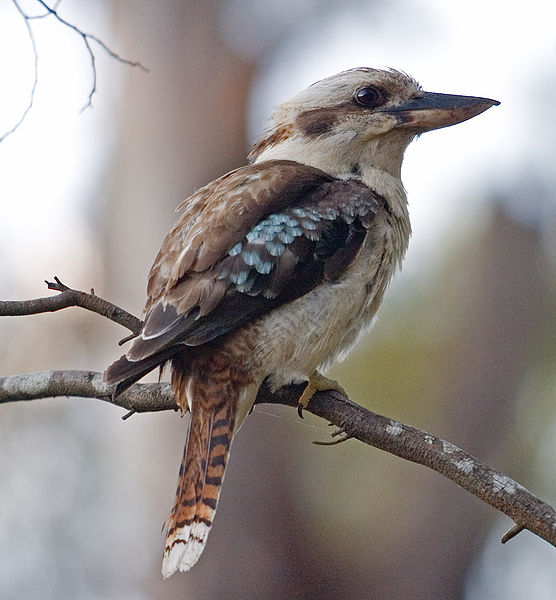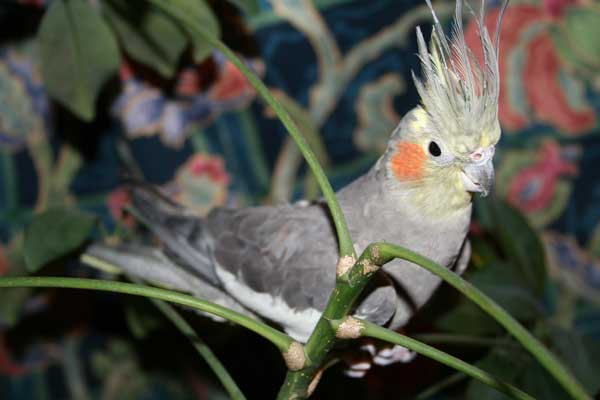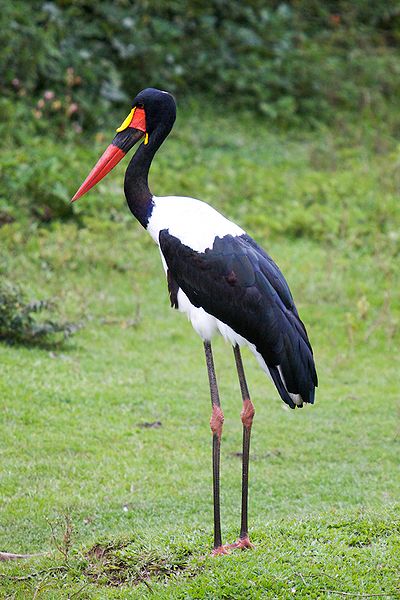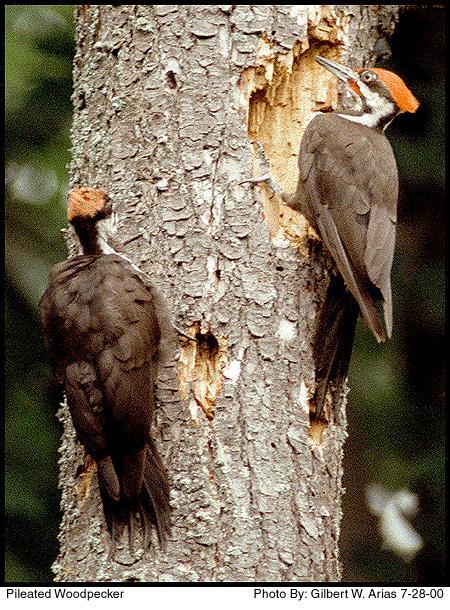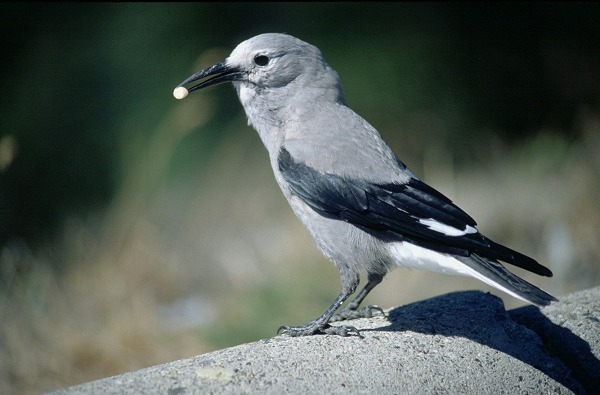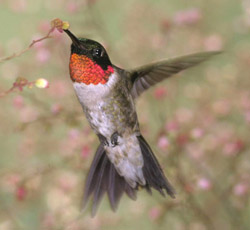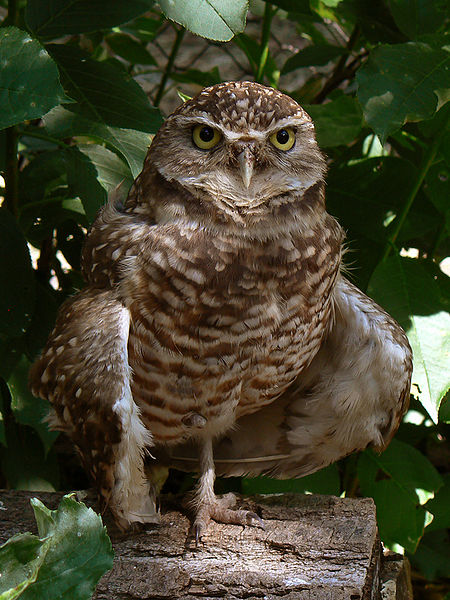What Is a Bird?
Everyone knows what birds are – even the smallest child can tell the difference between a bird and, well, a non-bird! But what distinctive features are exclusive to birds? Is it the presence of wings, feathers, or the ability to fly? Is it the ability to lay eggs? Is it the presence of a beak and lack of teeth?
All of these features are found in birds. Birds can be described as warm-blooded vertebrate animals that have wings, feathers, a beak, and no teeth; a skeleton in which many bones are fused together or are absent; and an extremely efficient, one-way breathing system.
Check Your Thinking: If you were to pick just one feature however that is unique to birds and ONLY to birds, and is present in all birds, what would it be?
Before we delve further into the science of birds, let’s look at some of the amazing shapes and sizes of birds from around the world.
Central and South American Birds
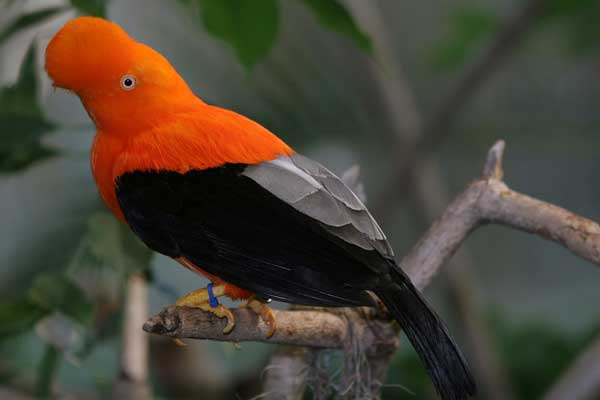
Figure 6.2: Andean Cock-of-the-Rock.
Image from URL: http://en.wikipedia.org/wiki/File:Rupicola_peruviana_(male)_-San_Diego_Zoo-8a.jpg
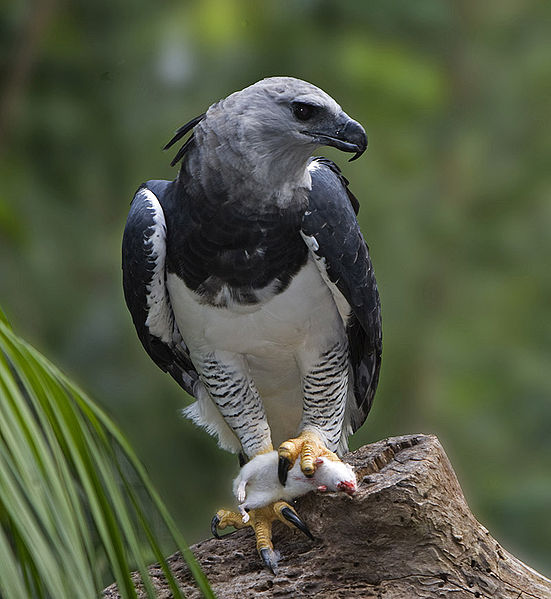
Figure 6.3: American Harpy Eagle.
Image from URL: http://en.wikipedia.org/wiki/File:Harpia_harpyja_001_800.jpg

Figure 6.4: Sword-billed Hummingbird.
Image from URL: http://en.wikipedia.org/wiki/File:Sword-billed_Hummingbird_(Ensifera_ensifera).jpg
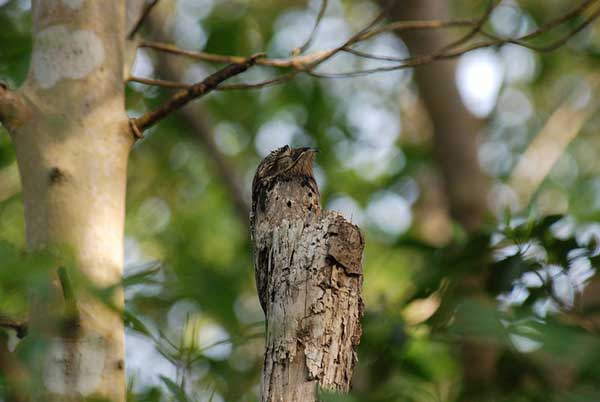
Figure 6.5: Common Potoo.
Image from URL: http://en.wikipedia.org/wiki/File:Nyctibius_griseus_471885191_27f931630d_o.jpg
Birds of Australia and Outlying Islands
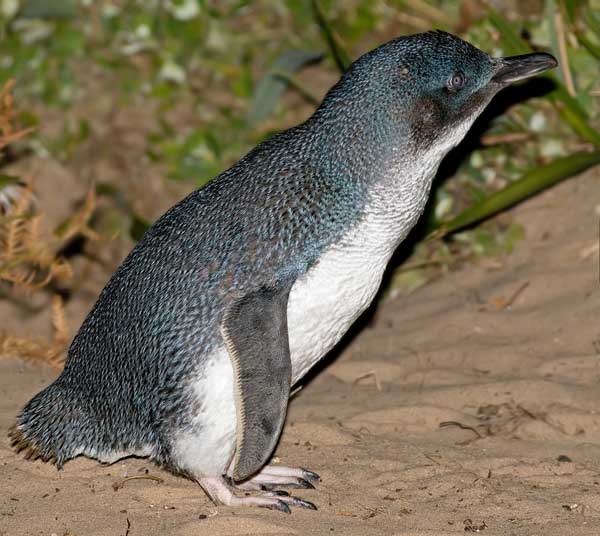
Figure 6.8: Little Penguin or Fairy Penguin.
Image from URL: http://en.wikipedia.org/wiki/File:Eudyptula_minor_Bruny_Island.jpg
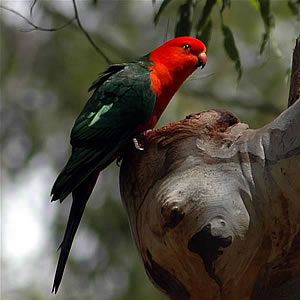
Figure 6.9: Australian King Parrot.
Image from URL: http://en.wikipedia.org/wiki/File:Austkingparrot.jpg
African Birds
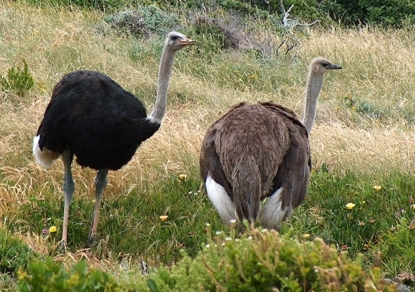
Figure 6.10: Ostriches.
Image from URL: http://en.wikipedia.org/wiki/File:Ostriches_cape_point_cropped.jpg
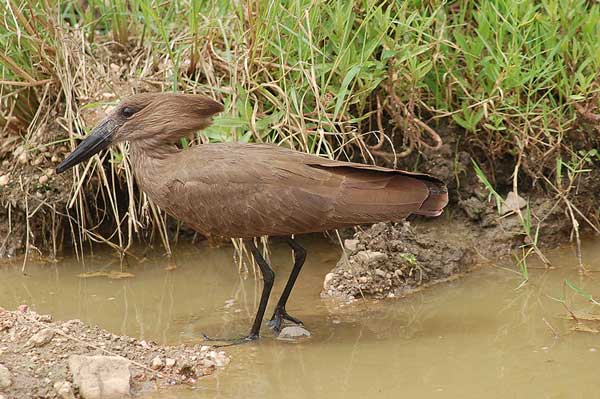
Figure 6.11: Hamerkop.
Image from URL: http://en.wikipedia.org/wiki/File:Scopus_umbretta_-Serengeti,_Tanzania-8.jpg
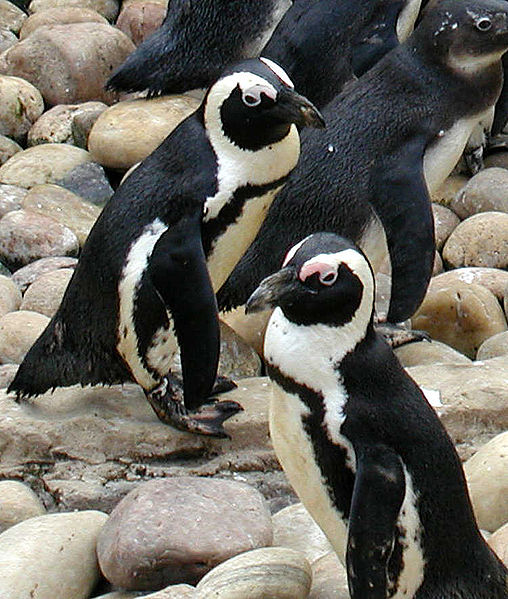
Figure 6.13: African Penguin.
Image from URL: http://en.wikipedia.org/wiki/File:508px-African.penguin.bristol.750pix_(Pingstone).jpg
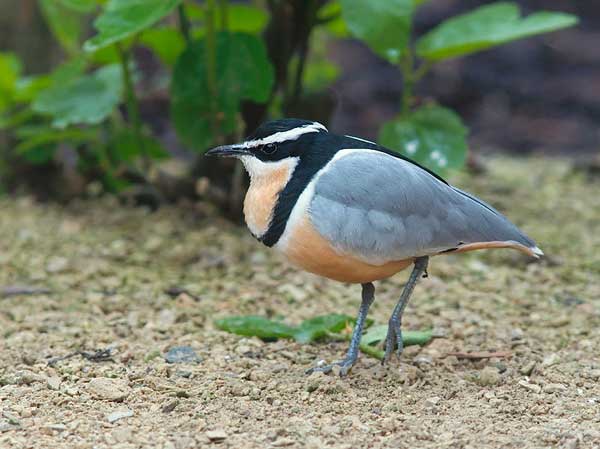
Figure 6.14: Egyptian Plover.
Image from URL: http://en.wikipedia.org/wiki/File:Pluvianus_aegyptius_3_Luc_Viatour.jpg

Figure 6.15: Kori Bustard.
Image from URL: http://en.wikipedia.org/wiki/File:Ardeotis_kori_Etosha.JPG
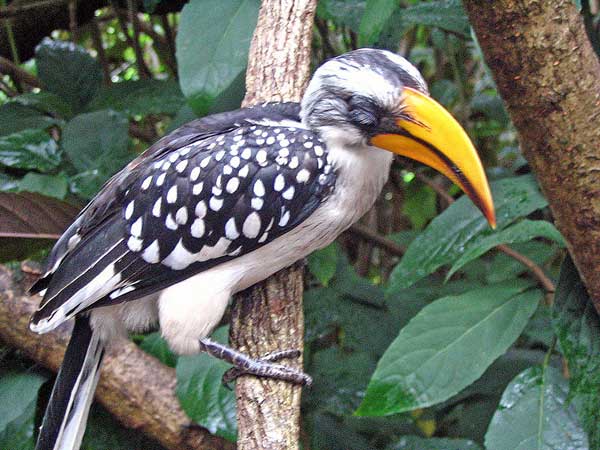
Figure 6.16: Yellow-Billed Hornbill.
Image from URL: http://en.wikipedia.org/wiki/File:Tockus_flavirostris_-Discovery_Cove_-Orlando-8.jpg
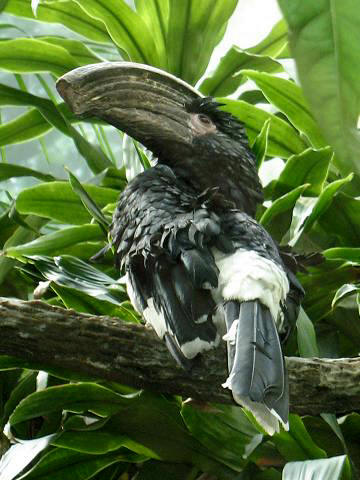
Figure 6.17: Trumpeter Hornbill.
Image from URL: http://en.wikipedia.org/wiki/File:Stavenn_Ceratogymna.jpg
Birds of North America

Figure 6.22: Northern Pygmy-owl.
Image from URL: http://en.wikipedia.org/wiki/File:Northern_pygmy-owl.jpg
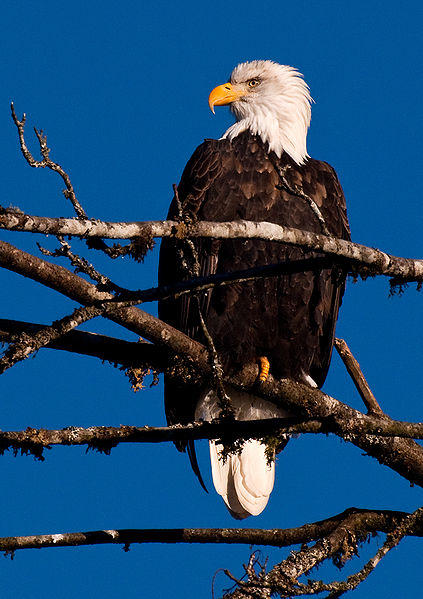
Figure 6.25: American Bald Eagle.
Image from URL:
http://en.wikipedia.org/wiki/File:Haliaeetus_leucocephalus_-Skagit_valley-8-2c.jpg
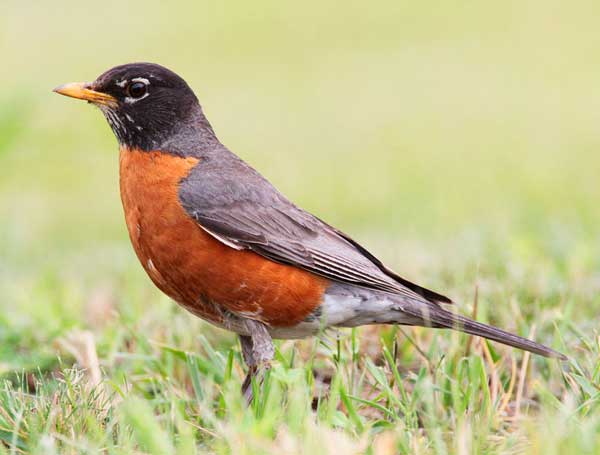
Figure 6.26: American Robin.
Image from URL: http://en.wikipedia.org/wiki/File:Turdus-migratorius-002.jpg

Figure 6.27: American Raven.
Image from URL: http://en.wikipedia.org/wiki/File:Corvus_corax_(NPS).jpg

Figure 6.28: Great Blue Heron.
Image from URL: http://en.wikipedia.org/wiki/File:Lightmatter_greatblueheron2.jpg
Check Your Thinking: How many different species of hummingbirds are found in Australia? How many are found in Africa?
